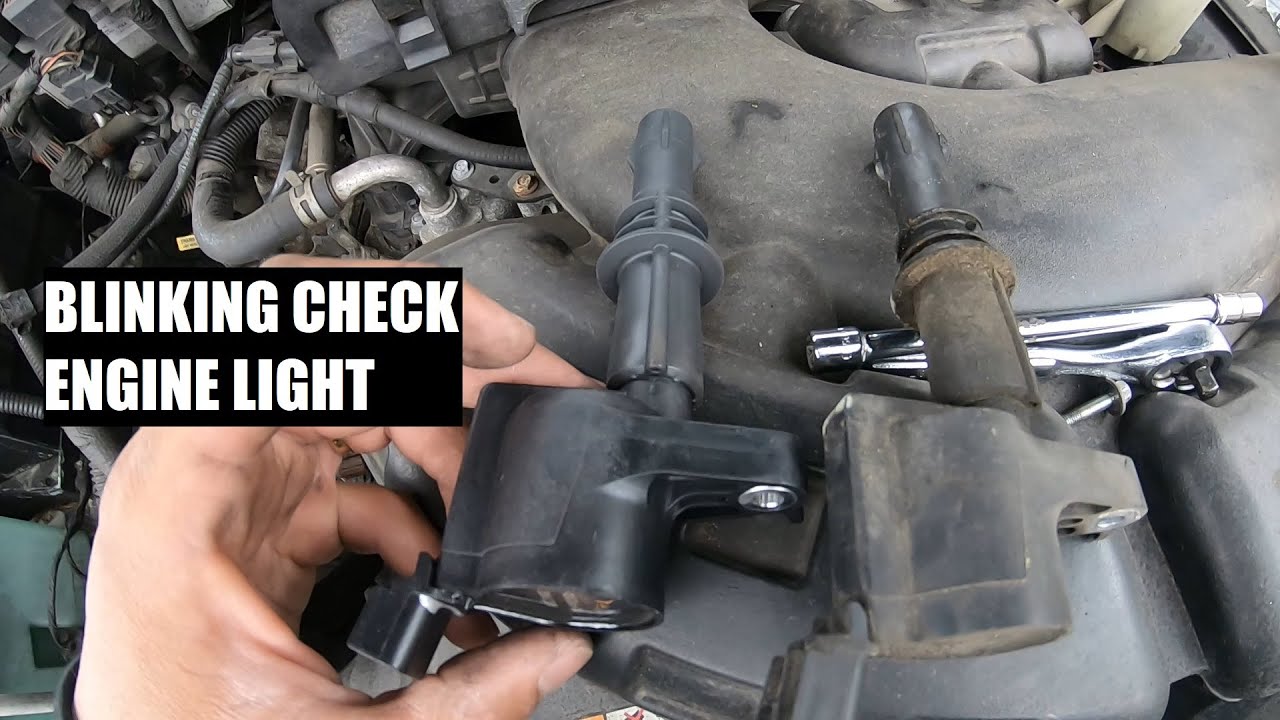P0300 Ford Code - Causes, Symptoms, and Solutions

The P0300 Ford code is a generic powertrain code that indicates a random or multiple misfire in the engine. When this code is present, it means that the engine's control module (ECM) has detected that cylinders are misfiring, but it cannot pinpoint which specific cylinders are affected. This code can be challenging to diagnose and fix, as there can be several underlying causes for the misfires.
Common Causes of the P0300 Ford code
There are several common causes that can lead to the occurrence of the P0300 Ford code:
- Ignition system issues: Faulty spark plugs, ignition coils, or ignition wires can result in weak or erratic sparks, causing misfires.
- Fuel system problems: Issues with the fuel injectors, fuel pump, or fuel pressure regulator can disrupt the proper fuel-air mixture and lead to misfires.
- Engine mechanical problems: Worn-out piston rings, faulty valves, or low compression can affect the combustion process and cause misfires.
- Vacuum leaks: Any air leaks in the intake manifold, vacuum hoses, or gaskets can result in an improper air-fuel mixture and lead to misfires.
- Exhaust system faults: Restricted exhaust flow, such as a clogged catalytic converter or a damaged exhaust manifold, can cause misfires.

Symptoms of the P0300 Ford code
When the P0300 Ford code is present, you may experience the following symptoms:
- Engine misfires: You may feel the engine shaking or running unevenly.
- Rough idle: The engine may vibrate or have an irregular idle speed.
- Reduced fuel efficiency: Misfires can lead to poor fuel combustion, resulting in decreased fuel efficiency.
- Loss of power: Misfires can cause a loss of engine power and reduced acceleration.
- Check Engine Light activation: The Check Engine Light will illuminate to indicate the presence of a fault.
Diagnostic Process for the P0300 Ford code
Diagnosing the P0300 Ford code requires a structured approach. Here is a step-by-step guide on how to diagnose the code:
- Connect an OBD-II scanner: Use an OBD-II scanner to communicate with the ECM and retrieve the fault codes.
- Retrieve and interpret fault codes: Note down any other associated fault codes and interpret their meanings.
- Check freeze frame data: Review the freeze frame data to gather additional information about the conditions present when the misfires occurred.
- Perform visual inspections: Inspect the ignition system components, fuel system components, and vacuum lines for visible signs of damage or wear.
- Test ignition system components: Test the spark plugs, ignition coils, and ignition wires for proper functioning using suitable testing equipment.
- Inspect fuel system components: Check the fuel injectors, fuel pump, and fuel pressure regulator for any issues or malfunctions.
- Evaluate engine mechanical condition: Perform a compression test and inspect the engine's mechanical components for any abnormalities.
- Detect vacuum leaks: Use a smoke machine or a propane torch to detect any air leaks in the intake manifold or vacuum lines.
- Examine exhaust system components: Check for any obstructions or damage in the exhaust system components, such as the catalytic converter or exhaust manifold.
Fixing the P0300 Ford code
Once the cause of the P0300 Ford code has been identified, appropriate steps can be taken to fix the issue. Here are some potential solutions:
- Repair or replace faulty ignition components: If the issue lies with the ignition system, replace faulty spark plugs, ignition coils, or ignition wires.
- Resolve fuel system issues: Address any fuel system problems by repairing or replacing faulty fuel injectors, fuel pump, or fuel pressure regulator.
- Fix engine mechanical problems: If engine mechanical issues are detected, such as low compression, worn-out piston rings, or faulty valves, perform the necessary repairs.
- Fix vacuum leaks: Repair any identified vacuum leaks by replacing faulty gaskets, hoses, or sealing the leaks appropriately.
- Repair or replace exhaust system components: If an issue is found in the exhaust system, such as a restricted exhaust flow, repair or replace the damaged components.
Preventive Measures for the P0300 Ford code
To prevent the occurrence of the P0300 Ford code in the future, consider the following preventive measures:
- Regular maintenance and inspections: Follow the manufacturer's recommended maintenance schedule and regularly inspect the ignition and fuel system components.
- Using high-quality fuel: Use high-quality fuel to avoid contaminants that can lead to engine misfires.
- Replacing spark plugs and ignition components on schedule: Replace spark plugs and ignition components at the recommended intervals to ensure proper combustion.
- Addressing any engine performance issues promptly: If you notice any engine performance issues, such as rough idling or reduced power, have them diagnosed and repaired promptly to prevent further damage.
- Keeping the fuel system clean and well-maintained: Use fuel additives periodically to keep the fuel system clean and ensure proper fuel flow.
In conclusion, the P0300 Ford code indicates random or multiple misfires in the engine. It can be caused by a variety of factors, such as ignition system issues, fuel system problems, engine mechanical problems, vacuum leaks, or exhaust system faults. Symptoms of the P0300 Ford code include engine misfires, rough idle, reduced fuel efficiency, loss of power, and Check Engine Light activation. Diagnosing the code involves connecting an OBD-II scanner, retrieving fault codes, checking freeze frame data, performing visual inspections, testing ignition and fuel system components, evaluating engine mechanical condition, detecting vacuum leaks, and examining exhaust system components. Once the cause is identified, appropriate repairs or replacements can be made to fix the issue. To prevent the P0300 Ford code from occurring, regular maintenance, using high-quality fuel, timely replacement of ignition components, addressing engine performance issues promptly, and keeping the fuel system clean are recommended. If you are unsure about diagnosing or fixing the issue yourself, it is always best to seek professional assistance.
If you want to know other articles similar to P0300 Ford Code - Causes, Symptoms, and Solutions you can visit the category Automotive Mechanics.
